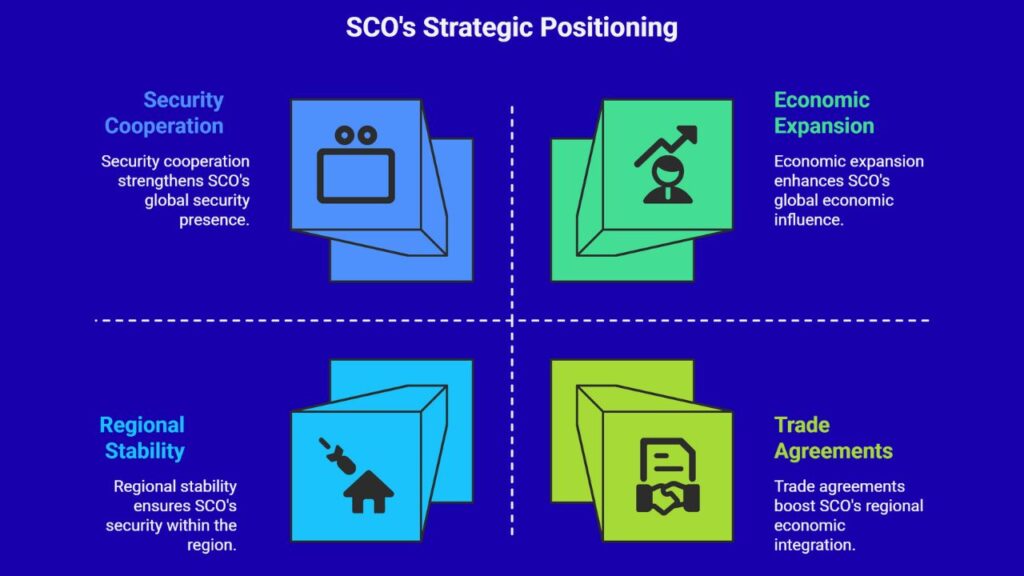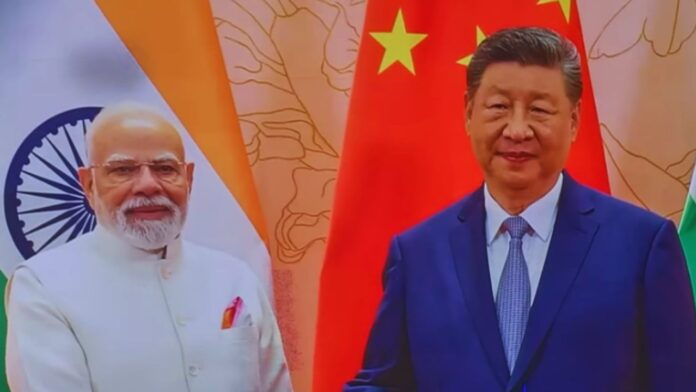For the first time in seven years, Indian Prime Minister Narendra Modi set foot in China, attending the Shanghai Cooperation Organisation (SCO) Summit in Tianjin, a bustling port city in northern China. His long-anticipated meeting with Chinese President Xi Jinping was one of the most closely watched moments of the gathering.
The two leaders, who represent the world’s two most populous nations and two of the largest economies, announced a shift in tone: both countries should be partners rather than rivals, signaling an effort to move beyond years of border standoffs, trade disputes, and geopolitical mistrust.
Xi and Modi Call for Trust and Stability
During their discussions, President Xi urged India and China to handle their relations with a strategic and long-term perspective, not short-term political calculations. He stressed that both sides “must choose friendship,” positioning cooperation as the right path for stability in Asia.
Prime Minister Modi echoed this sentiment, saying that there was now an “atmosphere of peace and stability” between the two countries. He pointed to recent efforts to de-escalate tensions along their shared Himalayan frontier, where a deadly 2020 clash had frozen diplomatic and travel ties for years.
One symbolic breakthrough was Modi’s announcement that direct flights between India and China would resume. Air links had been suspended since the border clashes, but the resumption of travel could mark a turning point in restoring people-to-people exchanges, tourism, education, and business travel. No timeline was given, but the commitment was clear.
Global Context: Trade Wars and Shifting Alliances
The SCO summit unfolded against a backdrop of rising trade and security tensions with the United States. U.S. President Donald Trump recently imposed steep tariffs—up to 50%—on Indian goods as retaliation for India’s continued purchase of discounted Russian oil. This move has strained the once-warm Washington–New Delhi relationship.
At the same time, Russia, another key SCO member, faces continuing Western sanctions over its war in Ukraine. President Vladimir Putin, who arrived in Tianjin to a red-carpet welcome, is seeking stronger ties with both China and India.
For Modi, this creates a delicate balancing act: on one hand, India values its strategic partnership with the U.S.; on the other, it cannot ignore its geographic realities and economic opportunities with China and its long-standing defense relationship with Russia.
Symbolism and Spectacle in Tianjin
The SCO Summit of 2025 has been described as the largest in the organization’s history, with over 20 world leaders in attendance, including UN Secretary-General Antonio Guterres, Turkish President Recep Tayyip Erdoğan, and Iran’s President Masoud Pezeshkian.
For Tianjin, the summit was more than just diplomacy. The city transformed itself into a stage of spectacle:
- Banners and billboards adorned streets, declaring the summit’s themes of peace and cooperation.
- At night, tens of thousands of residents gathered along the Hai River, where skyscrapers lit up with synchronized light shows, creating a festive backdrop to the high-level diplomacy.
- Crowds crammed onto the historic Jiefang Bridge, while police enforced strict roadblocks to allow motorcades to glide past quickly.
Transport disruptions were significant—taxis and ride-hailing services were suspended in downtown Tianjin—but enthusiasm among locals remained high. Many described it as a “once-in-a-lifetime event”, an opportunity to witness world leaders converge on their city. Authorities, however, advised Tianjin’s 13 million residents to minimize movement and rely on nearby shops for daily needs.
The SCO: A Counterweight to the West

Founded in 2001 by China, Russia, and four Central Asian nations, the SCO was initially focused on security and anti-terrorism. Over time, it has expanded into a geopolitical and economic bloc with members including India, Pakistan, and Iran, and 16 additional dialogue partners and observers.
The grouping is often seen as a counterbalance to Western-led alliances such as NATO and the G7. With its emphasis on multipolarity, non-interference, and regional stability, the SCO gives Beijing and Moscow a platform to challenge Western dominance in global affairs.
For India, participation in the SCO offers a chance to influence regional discussions while simultaneously balancing relations with both China and Russia. Modi’s outreach to Xi at this summit suggests India is unwilling to let U.S. trade tensions dictate its foreign policy path.
A Step Toward Thaw, Not Full Reconciliation
Despite the optimistic language, analysts caution against assuming a complete reset in India–China relations. Issues such as territorial disputes in Ladakh, trade imbalances, and China’s ties with Pakistan remain unresolved.
However, the tone has shifted dramatically:
- Leaders used language of partnership rather than confrontation.
- Commitments were made to resume suspended exchanges.
- Both sides agreed to avoid third-party framing of their bilateral relations.
As one former Indian diplomat observed, this is a strategic thaw rather than a full reconciliation. But the fact that Xi and Modi presented themselves as partners—at a moment when the global order is being reshaped—could mark the beginning of a new diplomatic chapter in Asia.
Strategic Partners Amid Global Shifts
The Tianjin SCO Summit highlighted how China and India are rethinking their roles in a changing global order. By presenting themselves as partners instead of rivals, Xi and Modi signaled that Asia’s two giants may seek more cooperation in trade, security, and multilateral forums.
For both countries, the move is not just about bilateral relations—it’s about securing their place in a world where U.S. influence is contested, Russia is sanctioned, and emerging economies are demanding a stronger voice.
While challenges remain, the summit underscored one reality: the balance of global power is increasingly tilting toward Asia, and cooperation between China and India will shape the future of the region and beyond.
The Information is Collected from BBC and Sky News.


















![10 Countries With the Best Healthcare in the World [Statistical Analysis] Countries With the Best Healthcare in the World](https://articleify.com/wp-content/uploads/2025/07/Countries-With-the-Best-Healthcare-in-the-World-1-150x150.jpg)










